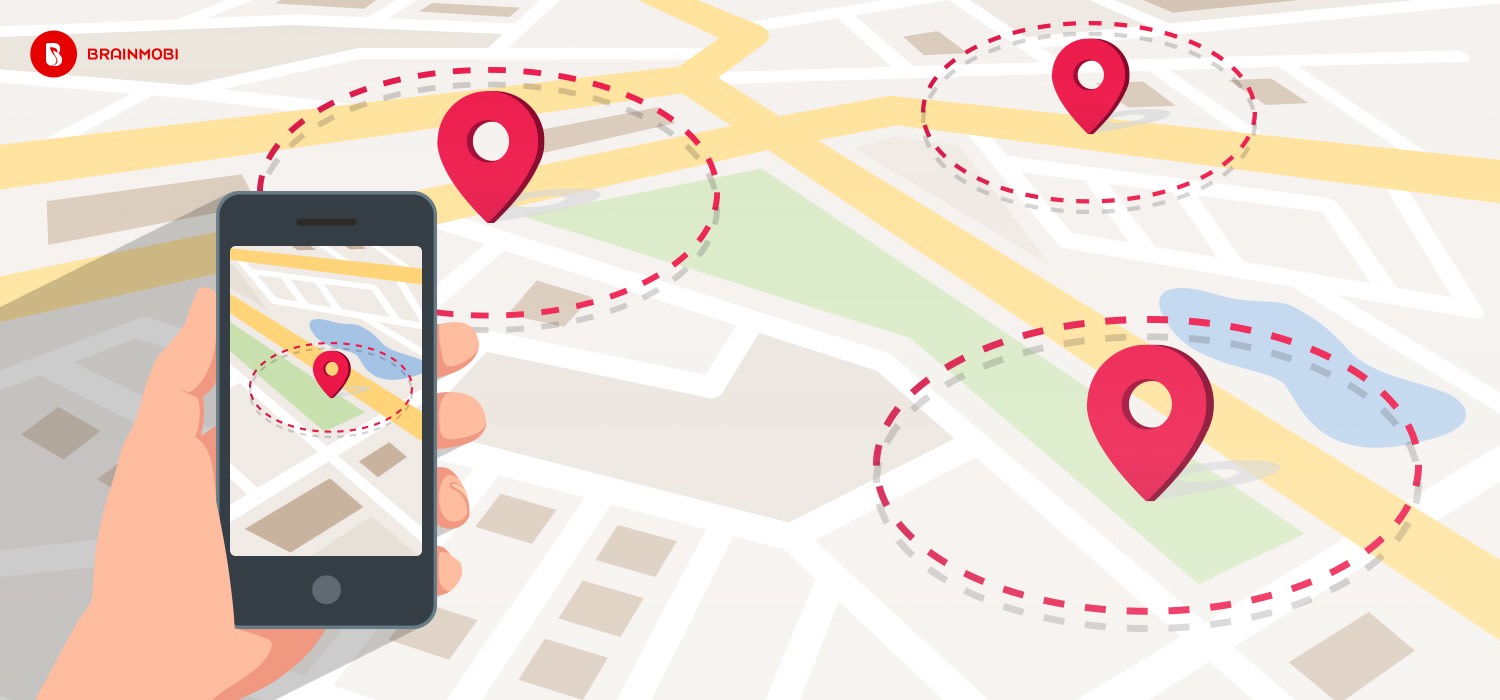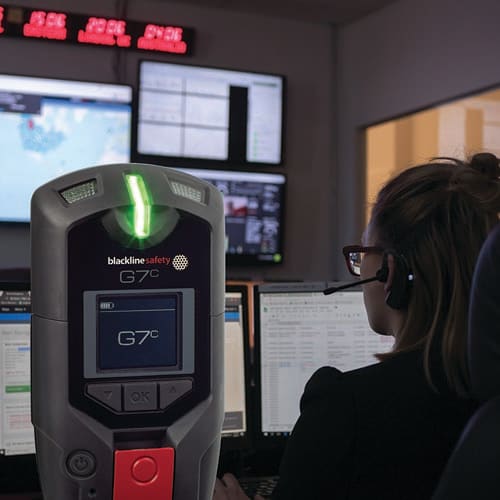
What is lone worker monitoring?
Lone worker monitoring is a safety service where a dedicated team of professionals monitor the welfare of employees who work alone. Lone workers generally “check-in” with their monitoring partner via phone call, text, or app-based check-in. The monitoring team acts as a security blanket in the event that something happens to the lone worker. If a worker fails to check-in, the monitoring team will follow an escalation procedure where they can dispatch the nearest emergency service, alert managers, and locate the worker via GPS.
Check-in times vary depending on the level of risk a worker is exposed to. For example, a worker entering a confined space may have a 10-15 minute check-in interval, whereas a worker who is testing PH of a water sample in a remote location may only check-in every 1-2 hours. If a worker misses their check-in time, the dedicated monitoring team can use the GPS coordinates to deploy emergency resources to help.
What is a tattle app?
Tattle apps, or tattlware, are designed with productivity in mind, not safety. Tattleware apps such as Blip! are used as a means of ensuring that employees are on site when they say they are. These types of apps use similar GPS technology as lone worker apps. They use what is called a geofence, which is a field created by the app administrator which can sound an alarm when an employee enters or leaves the geofence. Employers use this technology to receive notifications when an employee leaves their work site when they are not supposed to.
Tattler apps are meant to give employers visibility to the productivity and whereabouts of their workers and make sure they are where they’re supposed to be. Tattler apps do not track the exact GPS location of the user, and do not signal an alert for safety concerns like no motion as a lone worker app would. Some tattleware even tracks mouse movement on a computer.

The rise of tattleware
Tattleware represented a niche market until the pandemic and movement of remote work in 2020. Since 2020, tattleware has risen in popularity – and is getting equally as much pushback from employees. Tattleware installed on personal computers, or company-provided computers that are used for personal use after-hours are subject to privacy breaches and employers easily accessing personal information.
Lone Worker Monitoring for high-risk individuals
Lone worker monitoring is most prevalent in industries with a greater degree of risk. The flocks of office personnel who migrated from downtown offices to their homes, while they are alone, and can technically be classified as a lone worker, rarely require lone worker monitoring. The degree of risk an at home worker faces simply doesn’t warrant dedicated monitoring, check-ins, and escalation procedures.

Who DOES need Lone worker monitoring?
Lone worker monitoring is common for those in the utility industry, oil & gas, and for overnight workers who do not have direct contact with others. For years, female janitors and cleaning staff that worked overnights did so with little-to-no supervision and no means of two-way communication. This lead to female overnight staff becoming targets for rape and sexual assault. More and more employers of overnight staff at hotels or cleaning staff at offices are equipped with lone worker devices and means of checking in with a monitoring team.
Key difference
The biggest difference between lone worker monitoring and tattler apps is the distinction between safety and productivity. Lone worker monitoring is best accomplished by a third party whose only job is to ensure the safety of the workers they monitor. Your 3rd party monitoring team does not care if workers sit in their truck all day, they only monitor missed check-ins, alerts, and signs of employees in distress.
Misconceptions
Often times, safety departments are met with friction from a union with good intentions that does not want “big brother” watching over employees. The lines between 3rd party safety monitoring and productivity monitoring become blurred when management monitors their own employees or when lone worker apps are used for anything outside of monitoring the safety of workers.
When thinking about lone worker monitoring versus tattleware, you can think of who each is for. Lone worker monitoring is for the worker, tattleware is for the manager.
Learn more about lone worker monitoring
If you have employees working alone and want to provide 3rd party lone worker monitoring get in touch with us to find a solution that works. Our team has vetted best in class apps and devices and will provide a custom recommendation for your workforce.




Post a Comment